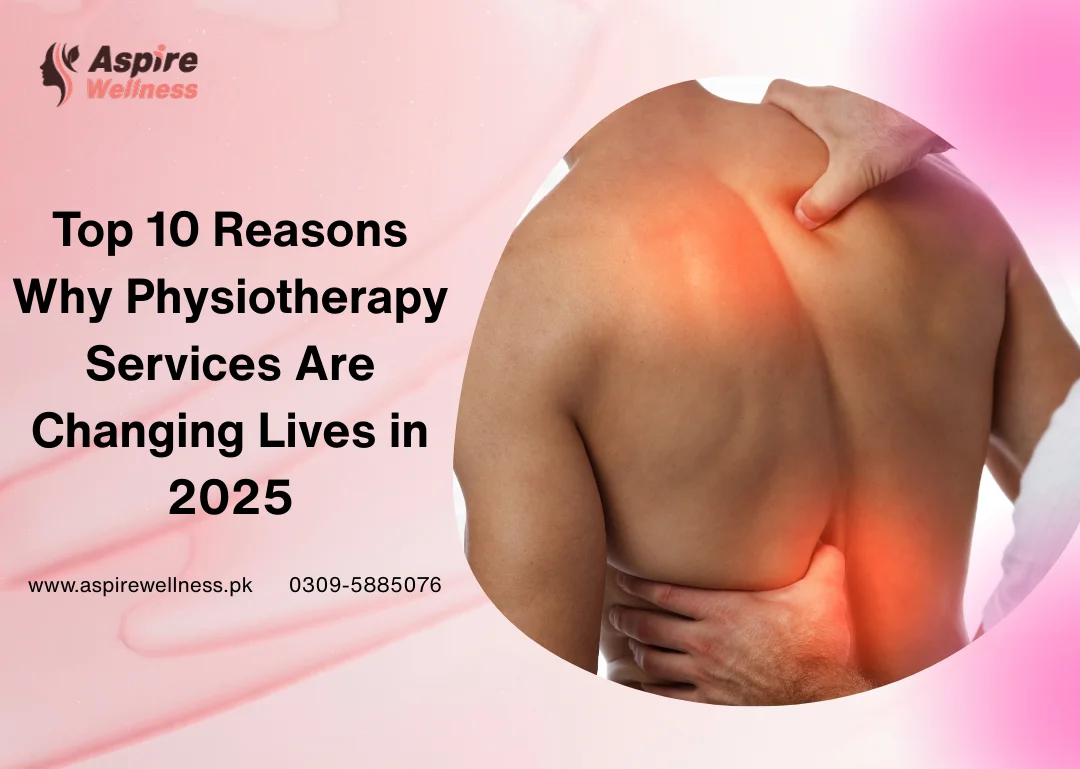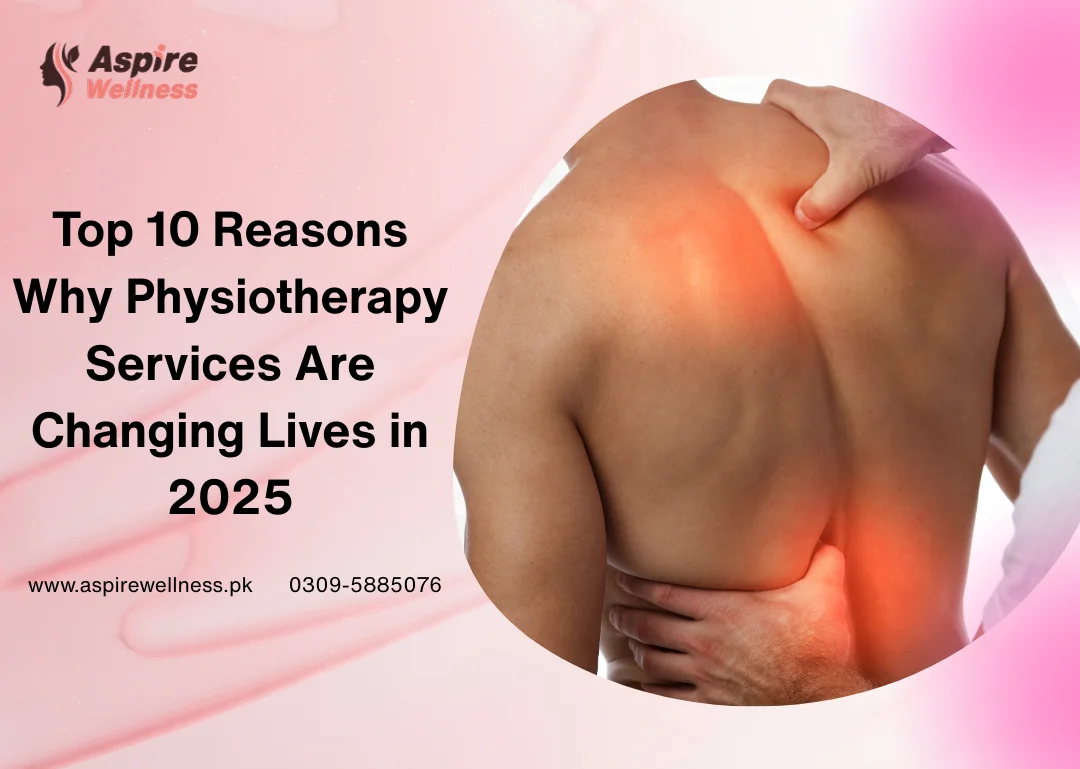Most people believe musculoskeletal disorders only affect older adults or people doing heavy physical work — but that’s completely false. Musculoskeletal disorders (MSK disorders) can impact anyone, including office workers, students, athletes, homemakers, and even individuals who appear perfectly healthy. In fact, something as simple as poor posture, stress, inactivity, or repetitive daily movements can gradually damage your muscles, joints, and ligaments — silently leading to long-term pain.
This guide breaks down everything you need to know about musculoskeletal conditions, from the most common disorders to their causes, symptoms, treatment options, and prevention strategies.
1. Introduction to Musculoskeletal Disorders (MSK Conditions)
Musculoskeletal disorders — also known as MSK health disorders, musculoskeletal conditions, or musculoskeletal system diseases — include problems in the muscles, bones, joints, nerves, tendons, ligaments, and soft tissues of the body.
These conditions can develop due to injury, overuse, poor posture, repetitive movements, stress, or age-related degeneration. Early signs of musculoskeletal disorders in adults include:
Understanding MSK disorders early can help prevent chronic musculoskeletal pain and long-term disability.
2. What Are the Most Common Musculoskeletal Disorders?
People often search “what are the most common musculoskeletal disorders,” expecting simple answers like back pain. But the musculoskeletal system is far more complex. Here are the MSK conditions most commonly seen today:
✔ Osteoarthritis
A degenerative joint disease caused by cartilage breakdown, leading to stiffness and joint inflammation.
✔ Rheumatoid Arthritis
An autoimmune disorder causing painful joint swelling, deformity, and stiffness.
✔ Tendonitis & Bursitis
Inflammation of tendons or bursae due to repetitive strain or overuse.
✔ Muscle Strains & Ligament Sprains
Injuries caused by overstretching or sudden force.
✔ Spinal Disorders (Herniated Disc, Sciatica, Back & Neck Pain)
One of the leading causes of disability globally.
✔ Carpal Tunnel Syndrome
A nerve compression condition caused by repetitive wrist movements.
✔ Fibromyalgia
A chronic pain condition causing widespread MSK pain, fatigue, and sleep disturbances.
Understanding these disorders helps you identify symptoms early and seek the right treatment.
3. Causes of Musculoskeletal Disorders
The myth that only aging causes MSK disorders is outdated. Here are the real reasons:
✔ Work-Related MSK Conditions
Long sitting hours, incorrect ergonomics, heavy lifting, and repetitive strain often lead to back pain, neck stiffness, and carpal tunnel syndrome.
✔ Poor Posture
Slouching, rounded shoulders, and forward head posture can trigger muscular imbalances and chronic pain.
✔ Overuse Injuries
Repetitive movements from sports, typing, cleaning, or continuous bending lead to tendon inflammation and joint issues.
✔ Sedentary Lifestyle
Lack of movement weakens muscles, reduces flexibility, and contributes to chronic musculoskeletal pain.
✔ Aging & Degeneration
Wear-and-tear increases the risk of osteoarthritis, degenerative disc disease, and joint inflammation.
✔ Previous Injuries
Unhealed injuries predispose joints and muscles to future problems.
✔ Stress & Sleep Issues
Chronic stress tightens muscles; poor sleep reduces tissue healing.
✔ Genetic & Autoimmune Conditions
Some individuals are inherently prone to rheumatoid conditions or connective tissue disorders.
4. Early Signs & Symptoms of Musculoskeletal Disorders
Recognizing symptoms early is crucial to prevent chronic conditions.
Common Early Signs
-
Persistent pain or discomfort
-
Joint stiffness, especially in the morning
-
Tingling or numbness (carpal tunnel syndrome)
-
Decreased range of motion
-
Muscle tightness
-
Swelling or redness
-
Fatigue
Red Flags
These symptoms require immediate evaluation by a physiotherapist or orthopedic specialist.
5. Major Musculoskeletal System Diseases Explained
A deeper look into commonly diagnosed conditions:
5.1 Osteoarthritis
Caused by cartilage breakdown; worsens with age, obesity, and inactivity.
5.2 Rheumatoid Arthritis
Autoimmune joint inflammation causing stiffness and eventual joint damage.
5.3 Tendonitis & Bursitis
Inflammation due to repetitive stress or poor mechanics.
5.4 Muscle Strains & Ligament Sprains
Caused by overstretching or excessive load on tissues.
5.5 Spinal Disorders
Includes herniated disc, sciatica pain, degenerative disc disease, and spinal stenosis.
5.6 Carpal Tunnel Syndrome
Nerve compression due to repetitive wrist motion.
5.7 Fibromyalgia
Widespread pain triggered by stress, sleep issues, or nervous system sensitivity.
6. How Are Musculoskeletal Disorders Diagnosed?
Diagnosis typically involves:
✔ Clinical Assessment
A physiotherapist evaluates posture, mobility, strength, and pain patterns.
✔ Imaging Tests
✔ Lab Tests
For autoimmune markers in rheumatoid conditions.
✔ Functional Movement Tests
Identify muscle imbalances and dysfunction.
Early diagnosis prevents worsening of symptoms.
7. Best Physiotherapy Treatment for Musculoskeletal Disorders
Physiotherapy is considered the most effective, non-invasive treatment for musculoskeletal pain.
✔ Manual Therapy
Mobilization, manipulation, and soft tissue release.
✔ Exercise Therapy
Strengthening, stretching, and functional rehabilitation.
✔ Dry Needling
Reduces trigger points and chronic muscle tension.
✔ Posture Correction
Essential for office workers and sedentary individuals.
✔ Electrotherapy
Ultrasound, TENS, and IFC for pain relief.
✔ Rehabilitation Programs
Customized musculoskeletal disorders rehabilitation programs for recovery and long-term mobility.
8. Medical & Advanced Treatment Options
When physiotherapy alone isn’t enough, additional treatments may include:
Consultation with an orthopedic specialist helps determine advanced treatment needs.
9. Natural Remedies for Musculoskeletal Disorders
For those seeking holistic healing:
✔ Hot & Cold Therapy
Reduces inflammation and improves blood flow.
✔ Anti-Inflammatory Foods
Omega-3s, turmeric, ginger, and leafy greens.
✔ Herbal Supplements
Glucosamine, MSM, Boswellia (consult a doctor first).
✔ Stretching & Mobility
Daily stretching releases muscle tension.
✔ Stress Management
Meditation, deep breathing, and better sleep.
These natural remedies complement physiotherapy for long-lasting relief.
10. Exercises to Prevent Musculoskeletal Disorders
✔ Strengthening Exercises
Core, back, hip, and shoulder strengthening.
✔ Flexibility & Mobility
Dynamic stretches and mobility drills.
✔ Posture Correction Exercises
Chin tucks, scapular retractions, and pelvic tilts.
✔ Workplace Movement Breaks
Reduce risk of repetitive strain injuries.
These exercises significantly reduce the risk of MSK conditions.
11. How Musculoskeletal Disorders Affect Workplace Productivity
MSK disorders are among the top causes of workplace absenteeism.
Impact Includes:
Improving ergonomics reduces work-related musculoskeletal conditions and boosts productivity.
12. Prevention Strategies for Long-Term MSK Health
Preventing musculoskeletal disorders is easier than treating them.
Proven Strategies:
-
Maintain correct posture
-
Exercise regularly
-
Strengthen core muscles
-
Maintain a healthy weight
-
Take frequent movement breaks
-
Avoid lifting incorrectly
-
Fix workplace ergonomics
-
Address minor pains early
Small changes can prevent long-term complications.
13. When to See a Physiotherapist or Orthopedic Specialist
Seek professional help if you experience:
-
Pain lasting more than 2 weeks
-
Difficulty moving a joint
-
Frequent muscle stiffness
-
Nerve pain or tingling
-
Weakness or imbalance
Early treatment prevents chronic issues.
14. FAQs About Musculoskeletal Disorders
Q1: What is the most common musculoskeletal disorder?
Back pain and osteoarthritis are the most common.
Q2: Can musculoskeletal disorders be cured?
Many can be managed or fully resolved with physiotherapy.
Q3: Is physiotherapy enough for MSK pain?
Yes, in most cases. It addresses mobility, strength, posture, and pain.
Q4: Do MSK disorders worsen with age?
They can — but early treatment slows progression.
Q5: Are these conditions preventable?
Most musculoskeletal conditions can be prevented with lifestyle changes.
15. Conclusion: Take Charge of Your Musculoskeletal Health
Musculoskeletal disorders are extremely common — but they’re not something you have to live with forever. With early diagnosis, proper physiotherapy, lifestyle changes, and movement-based habits, you can prevent chronic pain and protect your long-term mobility.
If you’re already experiencing symptoms, don’t wait. Early intervention leads to faster recovery and prevents complications.








